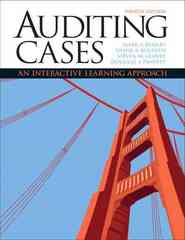Answered step by step
Verified Expert Solution
Question
1 Approved Answer
his question continues the example in the lecture on free riding. The total cost of building a park is C(g) = 10g2, where g is
his question continues the example in the lecture on free riding. The total cost of building a park is C(g) = 10g2, where g is the size of a park in square miles. Total benefits from the park for each individual is: T Bi = 3g 2g2. There are 10 identical individuals in the community. In class, we showed that under voluntary contribution, it will not be an equilibrium for the 10 people to provide the efficient amount of the public good (because of free riding). In this problem, we are going to walk you through steps to find the equilibrium level of contribution. Before you do this, take 10 minutes and ask yourself how you would find the outcome assuming everyone was making the same contribution. Then, see how we suggest you proceed. 10. To show that everyone contributing 0 is not an equilibrium, suppose that 9 people were contributing 0. How much would the last person contribute (in dollars, not units of the good)? To solve this, you just imagine one person funding the public good for themselves, ignoring the others
Step by Step Solution
There are 3 Steps involved in it
Step: 1

Get Instant Access with AI-Powered Solutions
See step-by-step solutions with expert insights and AI powered tools for academic success
Step: 2

Step: 3

Ace Your Homework with AI
Get the answers you need in no time with our AI-driven, step-by-step assistance
Get Started


